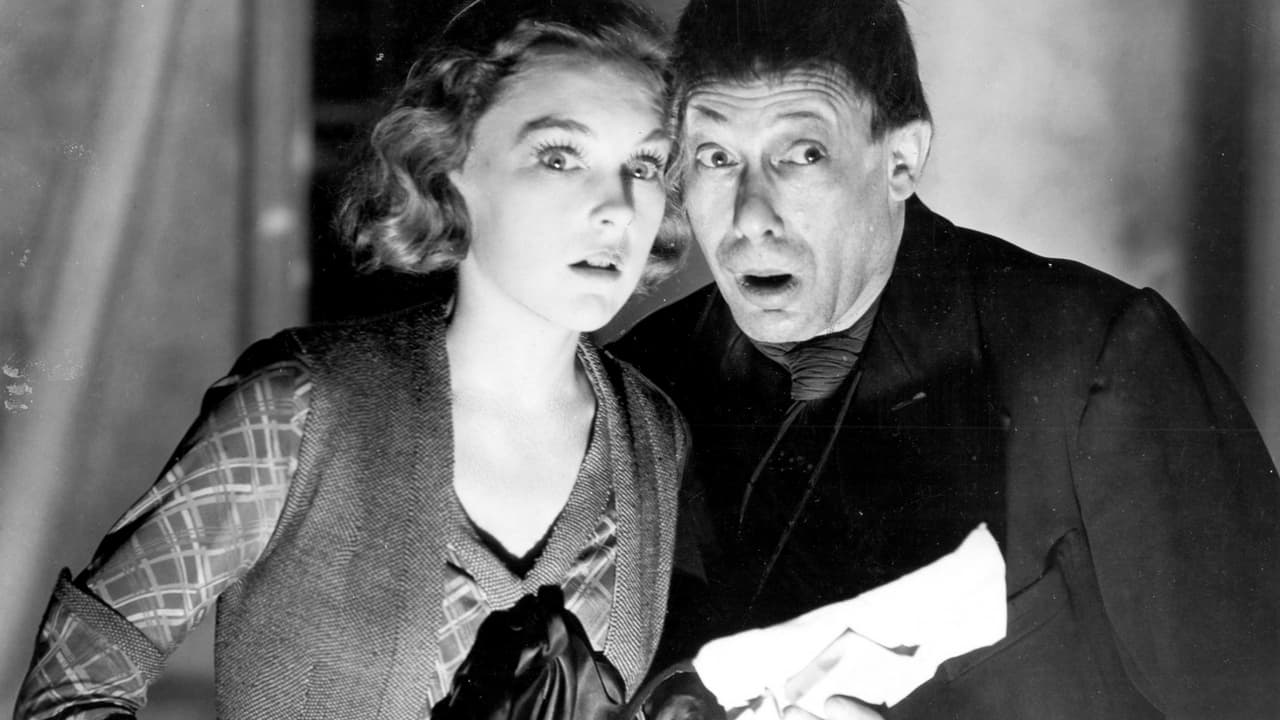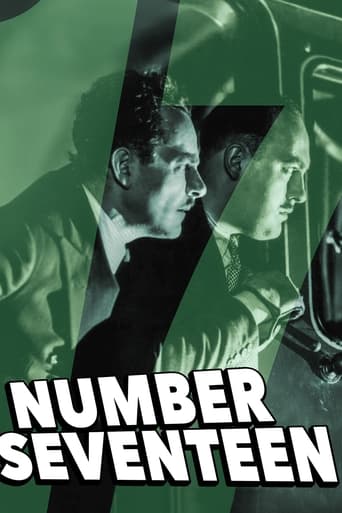

The first time I saw this picture I found it overwhelming, the third time it was still overwhelming. Hitchcock really played his game in this picture using all available tricks concerning both photography, effects, intrigue and above all constantly towering suspense. All is experienced from poor Ben's point of view, who is scared out of his wits from the start by the dead man's hand and all that follows. The intrigue is ingenious in its complexity, and you never get it all the first time, maybe not even the second, maybe not even the third, but it's logical all the same. The whole story is just some gangsters trying to run away, but poor Ben understands nothing and only gradually gets into one detail after the other. Even the cliffhangers are used at large and are immediately followed by worse ones. It's dynamic dynamite all the way in the development of a thriller intrigue, and not until the very end at last something is explained, and naturally, poor Ben saves the situation. Or else it would not have been Hitchcock.
... View MoreAssorted characters bump into each other in a seemingly empty house on a dark and windy night. This is one of Alfred Hitchcock's least popular films, with many even going so far as to call it his worst (I assume they have been mercifully spared viewings of Jamaica Inn, Juno and the Paycock, and Topaz). I actually like it. Not love but like. Yes, I found Leon M. Lion as annoying as everyone else the first time I saw this. But having seen it a couple of times since he bothers me much less than he did originally. It's a good-looking picture with some nice "old dark house" atmosphere going for it and the beginning and ending are sequences worthy of consideration for Hitch's 1930s highlight reel. If you like ODH films, which were certainly very popular in the '20s and '30s, then you will probably enjoy this one. I think if it didn't have Hitchcock's name attached, with the high expectations that come along with that, then it might be more appreciated.
... View MoreThis is a rather creaky early sound effort by Alfred Hitchcock, which does not entirely succeed, though it has excellent moments. The first half of the film is set entirely inside an empty old house beside a railway track at night. It is that house which is 'Number Seventeen'. Hitchcock tries desperately to make everything melodramatic, and often succeeds, but he is straining hard. None of the actors is particularly good, and some of them are actually bad. (None are remembered today.) The story is flimsy, the incidents unbelievable, and the whole thing is so obviously contrived that if Hitchcock were not continually scrambling to keep our attention (like a dog which sits in front of the TV to make us notice her), we might well switch off. There is a famous night chase scene between a hijacked Greenline bus and a steam train towards the south coast. (There is no traffic!) This is constructed by intercutting lots of shots of models with real size scenes. The fist fight scenes are wholly unconvincing, and some of the worst ever shot. This is a disappointing early Hitchcock film, but one which Hitchcock enthusiasts will nevertheless want to see because it does contain moments and ideas scattered like plums in a pudding, and one can savour those.
... View MoreFor what it is, Hitch did passable job on this one, but not close to his potential. History has it that he did not want to make this film, and that is probably one of the main reasons it's as lame as it is. There are clear elements of Hitch technique and style all over, but even that is not enough to compensate for a lack luster film. I think, had Hitch approached this as a challenge rather than a contractual requirement, he could have made this into a film worthy of his skill. I enjoyed the film to see the characteristic Hitch touches that only he, at the time, was doing. For this reason, I believe this film is worth viewing. It is disappointing Hitch did not use this 'scary old house' vehicle to make something far more suspenseful and dire. Even though this is pre-WWII movie, much of the cool Film Noir elements are very under utilized.
... View More